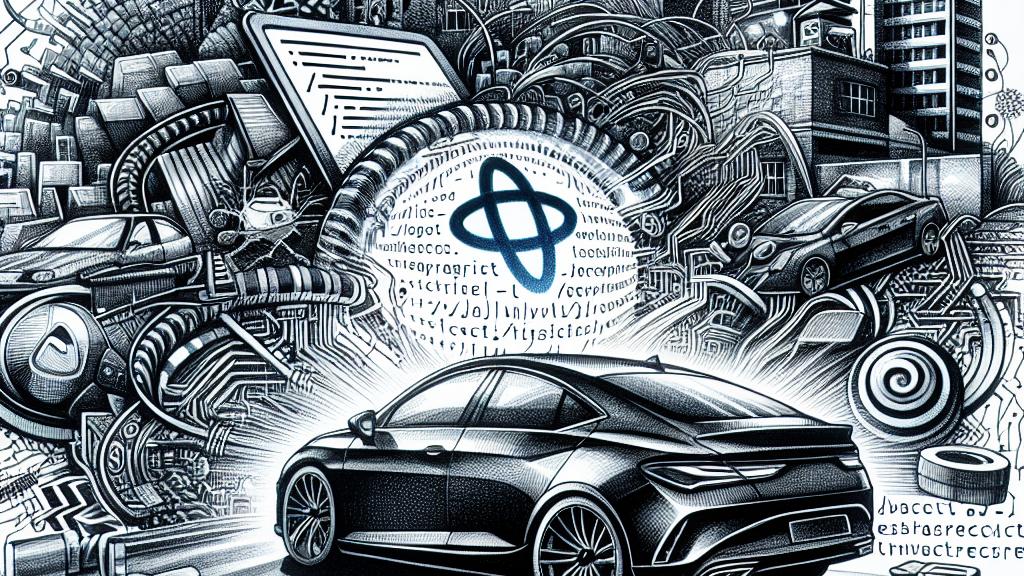Exploring the Feasibility of Hacking Cars with JavaScript
Overview
- Unlocking the potential of JavaScript can pave the way for hacking cars using powerful tools like HackRF One.
- Charlie Gerard’s eye-opening demonstration highlighted alarming security flaws in modern vehicle systems.
- Using intricate replay attacks along with browser APIs, this method vividly portrays how easily car locks can be compromised, raising critical safety concerns.

The Context of Car Hacking
In today’s high-tech society, especially in the United States, cars are not just modes of transportation; they represent freedom, independence, and an essential part of daily lifestyles. Yet, as vehicles become increasingly advanced, serious security vulnerabilities have emerged, representing a critical challenge for manufacturers and users alike. Recently, Charlie Gerard, an influential technology expert, sparked widespread interest with a fascinating demonstration of how JavaScript can be exploited to hack vehicles using a device called HackRF One. This eye-opening event was more than just a showcase of technical prowess; it served as a wake-up call that illuminated severe flaws in automotive security, particularly within widely used keyless entry systems. In a world where digital and physical boundaries are merging, understanding these vulnerabilities is crucial for everyone involved in automotive design and ownership.
How JavaScript Can Be Used
Gerard's method artfully combines technical ingenuity with practical application. By leveraging JavaScript alongside the HackRF One, he executed a sophisticated rolljam attack, showcasing the alarming capabilities of everyday technology. The process begins simply enough: he connects the HackRF to a web browser, allowing the device to capture crucial frequencies emitted by vehicle keys. For instance, by meticulously scripting commands in JavaScript, he recorded these signals and then effortlessly replayed them, successfully unlocking a car without ever touching a remote. This powerful demonstration starkly contrasts the ease of access that potentially dangerous techniques can provide against the backdrop of modern automotive security. Gerard’s experiment serves as a wake-up call that even those with minimal coding knowledge can exploit significant vulnerabilities, provoking thought about the effectiveness of current security measures.
The Implications of Car Hacking
The ramifications of Gerard's successful hacking demonstration extend far beyond mere curiosity; they underscore a vital call to action for automotive manufacturers and cybersecurity professionals alike. As vehicles evolve into sophisticated machines intertwined with innovative technology, the potential for exploitation becomes alarmingly significant. Ethical hacking techniques, such as those Gerard illustrated, play a crucial role in identifying and remedying hidden vulnerabilities before malicious hackers can take advantage. This scenario highlights the indispensable need for rigorous testing and strengthening of vehicle security systems. Moreover, it accentuates the idea that as we relish the conveniences of technology, prioritizing safety must remain at the forefront of manufacturing practices. Thus, with innovation comes responsibility; ensuring robust defense mechanisms against these emerging cyber threats is paramount in a landscape where technology continues to shape our daily lives.

Loading...